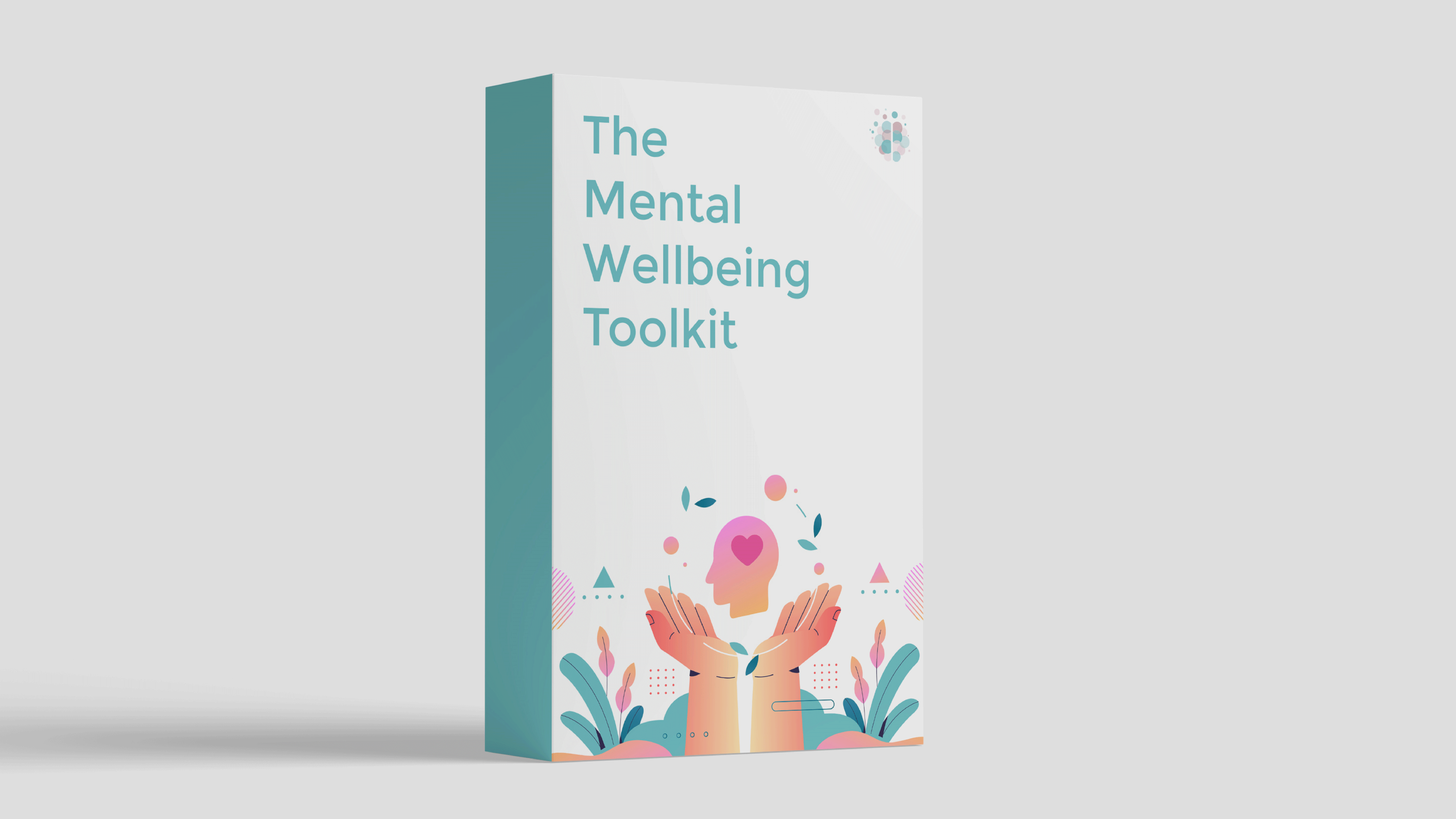Gaslighting is a form of emotional abuse that causes someone to doubt their thoughts, feelings, and even sanity. The term comes from the 1944 film "Gaslight," in which a husband manipulates his wife into thinking she’s losing her mind.
This term has since become widely used to describe a range of manipulative behaviours that aim to disorient the victim.
Gaslighting can occur in various contexts, including romantic relationships, workplaces, friendships, and even in political discourse.
It's essential to recognise the important nuances to fully understand the scope of gaslighting and how it manifests in different contexts.
Keep reading to learn more about what gaslighting is and how to respond to it.
Is Gaslighting Conscious or Subconscious?
First, it's important to acknowledge that gaslighting can be both a conscious and subconscious behaviour.
Some people are fully aware that they’re manipulating others and use gaslighting as a deliberate tactic to control or hurt them. These people may enjoy the power they gain from such manipulation.
On the other hand, some people may gaslight subconsciously, especially if they’ve grown up in environments where manipulation was a norm. Gaslighting can be used as a subconscious defense mechanism. In these cases, they may not fully understand the harm they’re causing.
Misuse of The Term
The complexity of gaslighting is often overshadowed by its popular misuse.
The term "gaslighting" is frequently applied to situations where disagreements or minor conflicts are labelled as gaslighting.
This popular misuse trivializes the serious impact of genuine gaslighting and complicates discussions about mental health and emotional abuse, making it harder for victims of actual gaslighting to be understood effectively.
10 Examples of Gaslighting
Conscious Gaslighting Examples
"You're being too sensitive."
This phrase may be used to invalidate the victim's feelings and make them doubt their emotional reactions.
"I’m sorry you think that happened."
This non-apology shifts the responsibility onto the victim, implying that their perception of events is incorrect.
"I never said that – you're making it up."
By denying something that was clearly said or done, the gaslighter creates confusion and makes the victim question their memory.
"You’re just paranoid."
This may be said to make the victim feel like their concerns are irrational, causing them to second-guess their judgements.
"Why are you overreacting?"
This phrase downplays the victim's reactions, making them feel guilty or ashamed for expressing themselves.
Subconscious Gaslighting Examples
"It’s not that big of a deal."
This phrase may be used to try to avoid a confrontation, using gaslighting as a way to diffuse a situation they find difficult to navigate.
"You always take things too seriously."
The person may subconsciously be dismissing the other’s feelings because they feel uncomfortable with emotional expressions. They might be reacting defensively to avoid feeling like they did something wrong.
"It’s not my fault you’re so demanding."
The person might subconsciously shift the blame to avoid feeling inadequate.
"I don’t remember promising that. Maybe you’re confusing me with someone else."
The person may be subconsciously avoiding the responsibility of not fulfilling their commitment.
"You’re still hung up on that? It was ages ago and it wasn’t even that bad."
The person may be minimizing the situation to avoid dealing with unresolved issues.
Discerning Gaslighting Intent
Establishing the intent behind gaslighting behaviour can be challenging because the motivations driving the behaviour are often complex.
As we’ve outlined, gaslighting can be both a conscious strategy to manipulate others, or it can be subconscious. In many cases, people may not be fully aware that they’re gaslighting. They might be reacting from a place of self-defense, emotional pain, or confusion, using gaslighting tactics without a conscious desire to harm or manipulate.
Pay attention to repeated behaviours. Emotional abuse is a pattern of behaviour. If the gaslighting is consistent and persistent, it’s more likely that the behaviour is intentional.
On the other hand, if the behaviour seems more sporadic, it might be unintentional, indicating a subconscious response rather than a calculated strategy.
How to Respond to Gaslighting
Regardless of whether gaslighting is intentional or unintentional, it’s important to respond in a way that protects your wellbeing.
Here are four strategies for responding to gaslighting:
1. Affirming Your Reality
"You're remembering it wrong."
Response: "I’m confident in my memory of what happened. If we have different recollections, let’s agree to disagree. I know what I experienced."
This response conveys confidence in your own perceptions, making it clear that you won’t be swayed by attempts to distort the truth.
2. Setting a Boundary
"You're being too sensitive."
Response: "I’m allowed to feel the way I do. It’s important that you respect my feelings, even if you don’t agree with them."
This response acknowledges your emotions and establishes that they’re valid, while also setting a boundary for respectful communication.
3. Refocusing
"You’re just paranoid."
Response: "I’m not comfortable with how this conversation is going. Let’s take a break and come back to this when we can have a more productive discussion."
This response deflects the accusation and creates space to regain composure.
4. Asking for Clarification
"It’s not my fault you’re so demanding."
Response: "Why do you feel the need to say that? I deserve to be treated with respect, and that kind of comment isn’t fair."
This response challenges the person to explain their behaviour, which can highlight the unreasonableness of their statement.
Addressing a Pattern of Gaslighting Behaviour
If gaslighting behaviour is persistent, here are some more strategies to consider:
- Document evidence. Keep a record of incidents, conversations, and behaviours that seem manipulative. This can help you see patterns and validate your experience.
- Seek support. Talk to friends, family, or a therapist who can offer an outside perspective.
- Distance yourself. If possible, create distance between yourself and the person if they engage in frequent gaslighting.
Summary
Gaslighting is a form of manipulation that can severely impact your mental health and self-esteem. This behaviour can be engaged in consciously or subconsciously. By learning to identify gaslighting and knowing how to respond, you can protect your wellbeing. Address gaslighting statements by:
- Affirming your reality
- Setting a boundary
- Refocusing
- Asking for clarification
If gaslighting is persistent, this is a form of emotional abuse. Try documenting the evidence, seeking support, and distancing yourself from the relationship.
Interested in Self-Help?
Our self-guided programs include tools from CBT, DBT, ACT and more, so you can discover what works best for you. The Mental Wellbeing Toolkit is "like 10 therapy sessions in one."
The 30 Day Mental Health Program is designed to solidify and build on learning from the toolkit. By the end of this experience, you’ll have a toolkit of strategies to improve your mental health, achieve your goals, and live a more fulfilled life.





